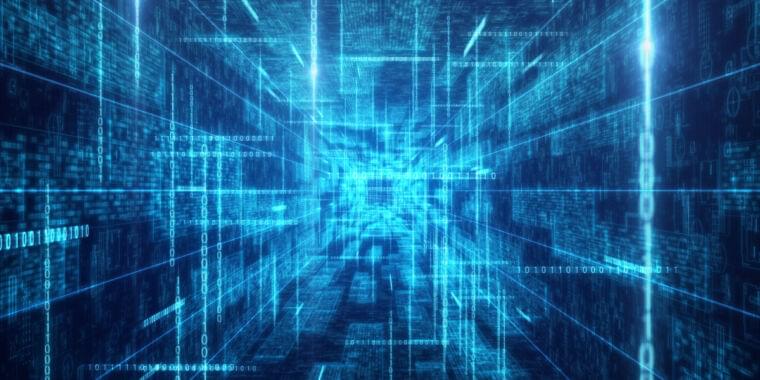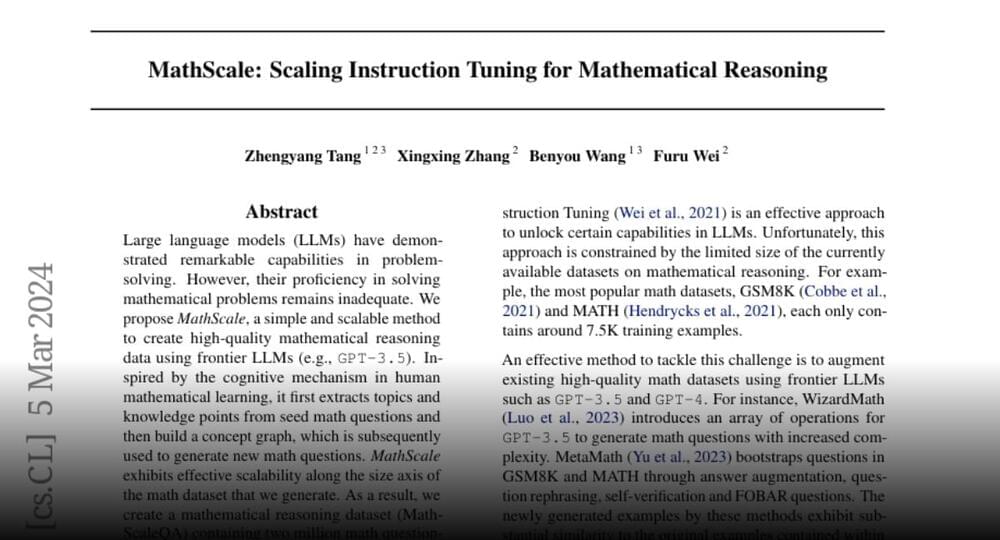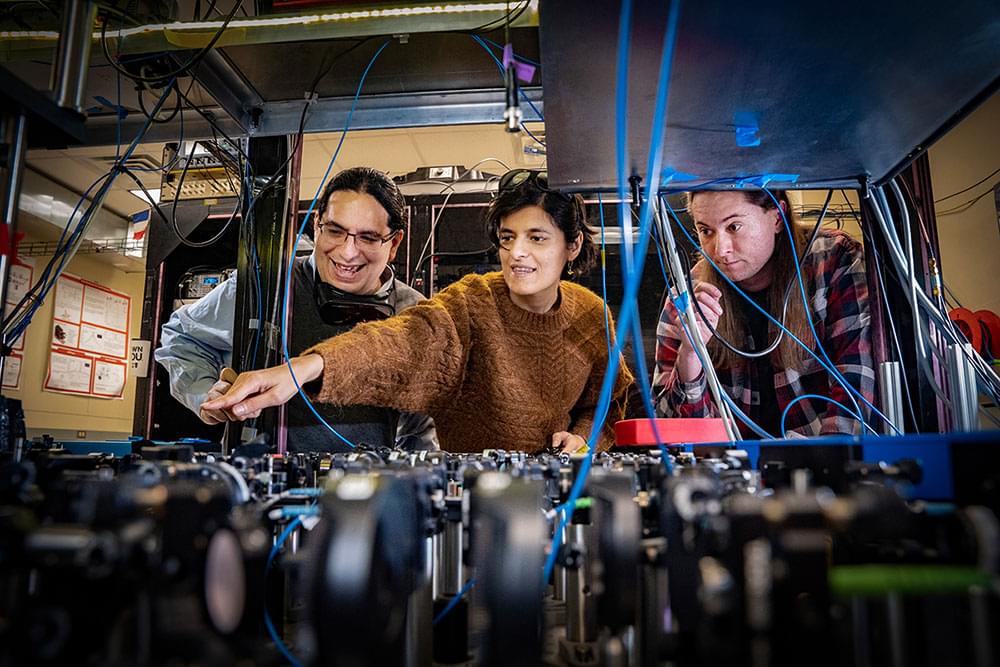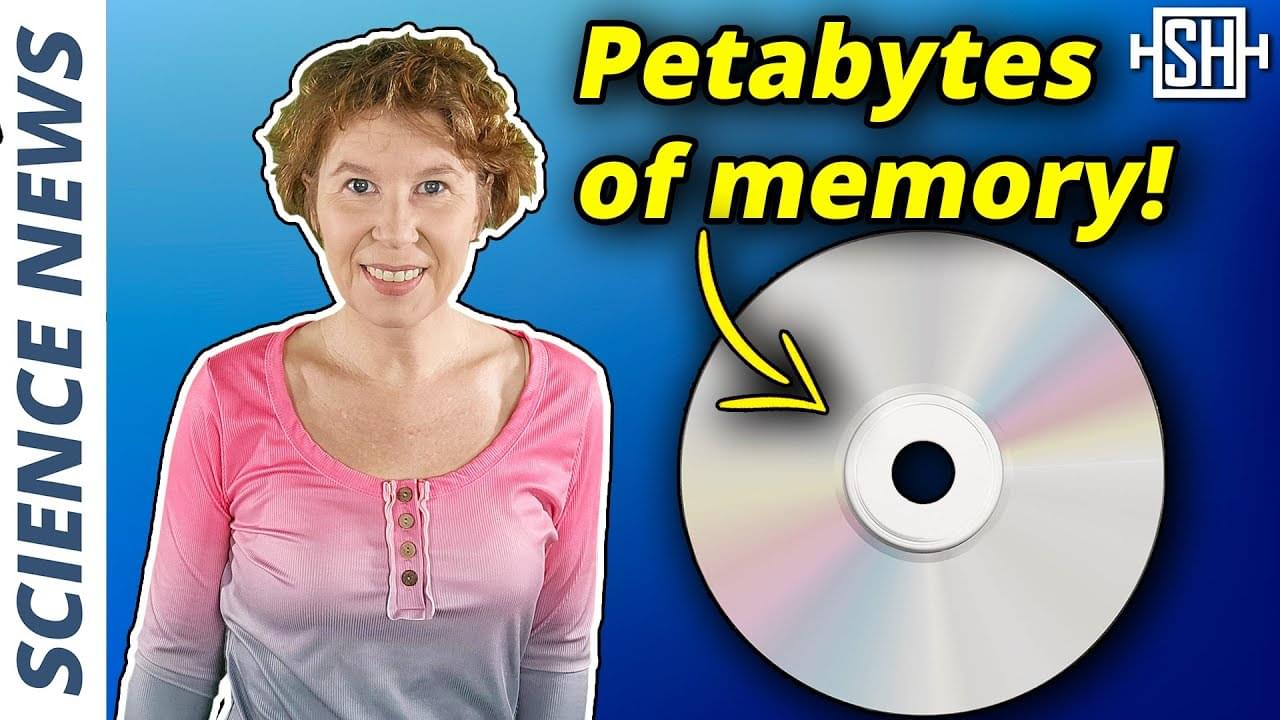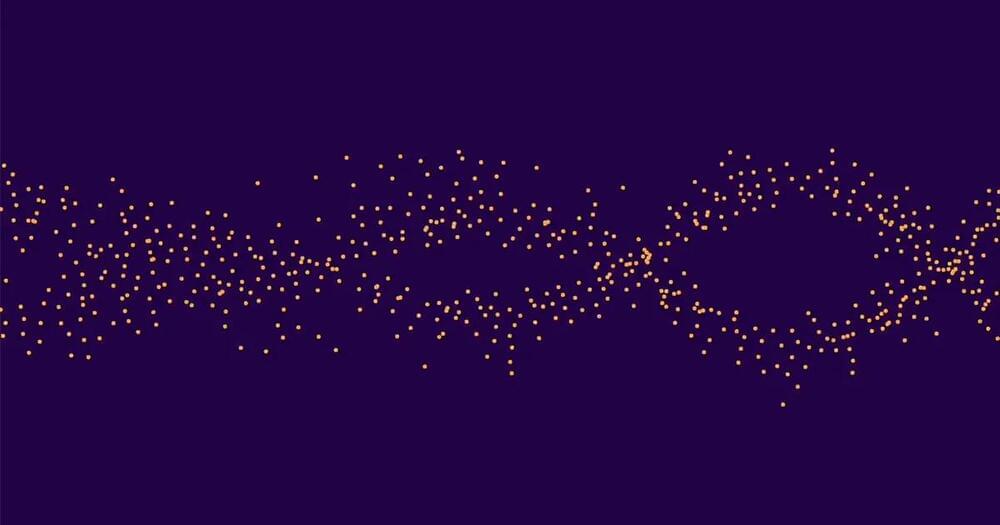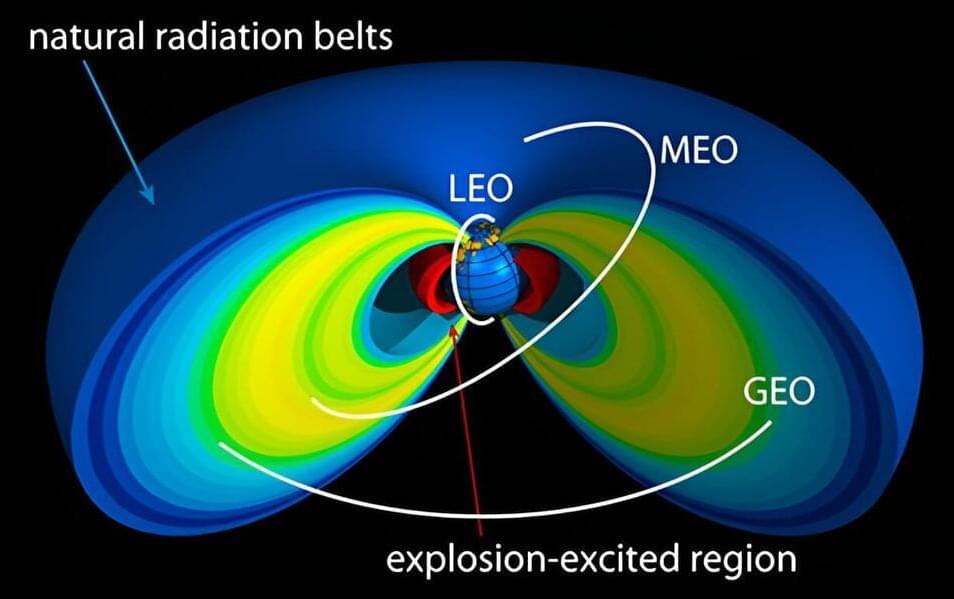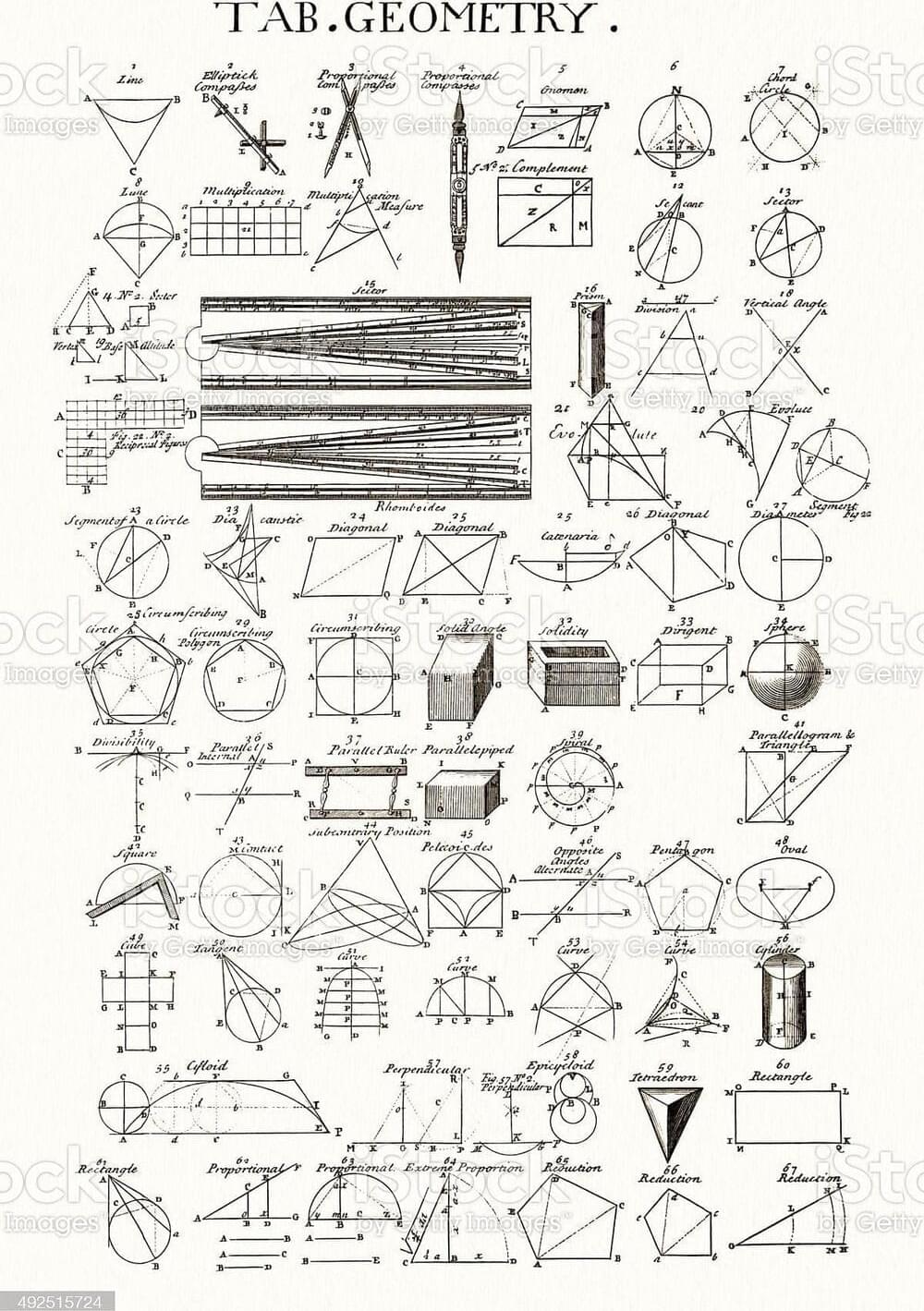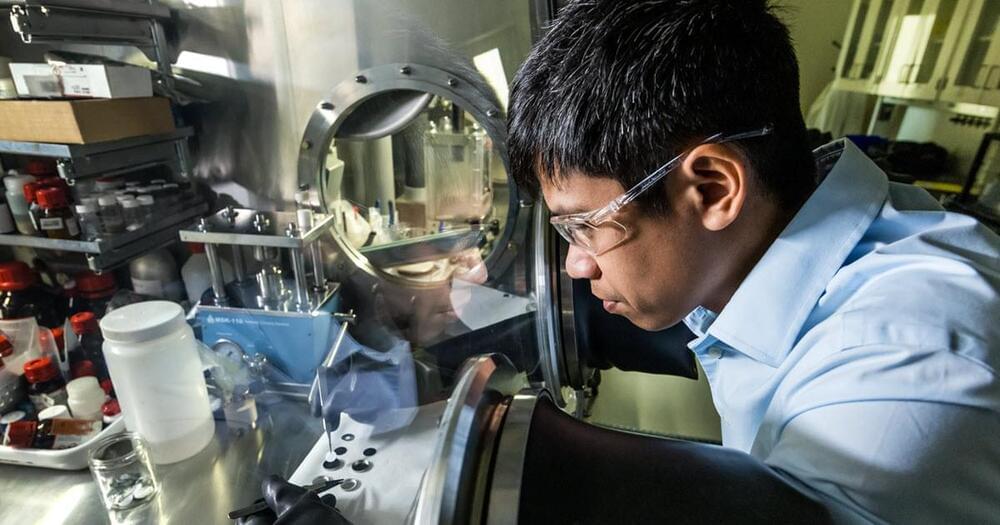Mar 10, 2024
Chinese researchers hope to create ‘real AI scientists’
Posted by Gemechu Taye in categories: mathematics, physics, robotics/AI
“Without a fundamental understanding of the world, a model is essentially an animation rather than a simulation,” said Chen Yuntian, study author and a professor at the Eastern Institute of Technology (EIT).
Deep learning models are generally trained using data and not prior knowledge, which can include things such as the laws of physics or mathematical logic, according to the paper.
But the scientists from Peking University and EIT wrote that when training the models, prior knowledge could be used alongside data to make them more accurate, creating “informed machine learning” models capable of incorporating this knowledge into their output.

